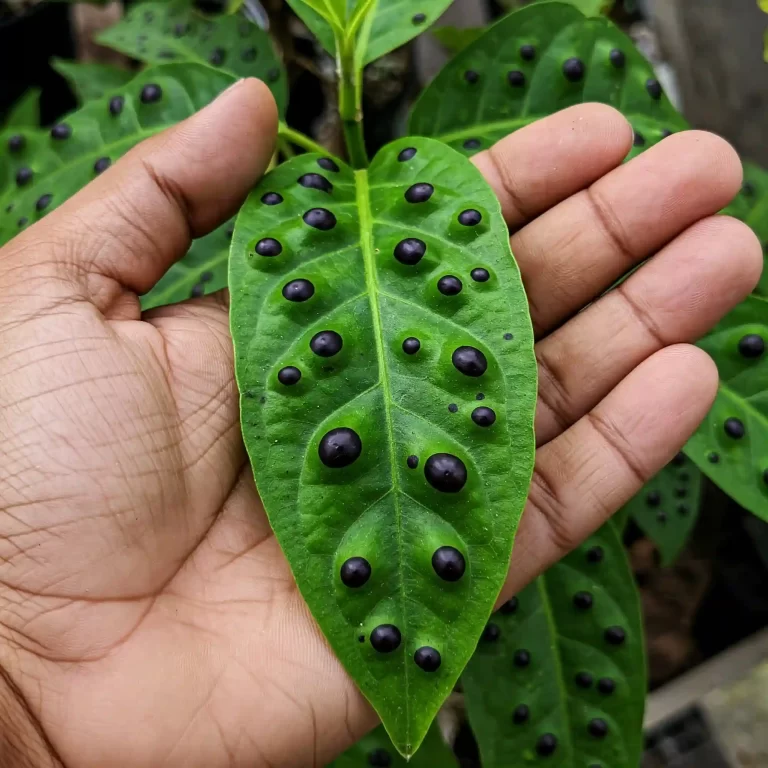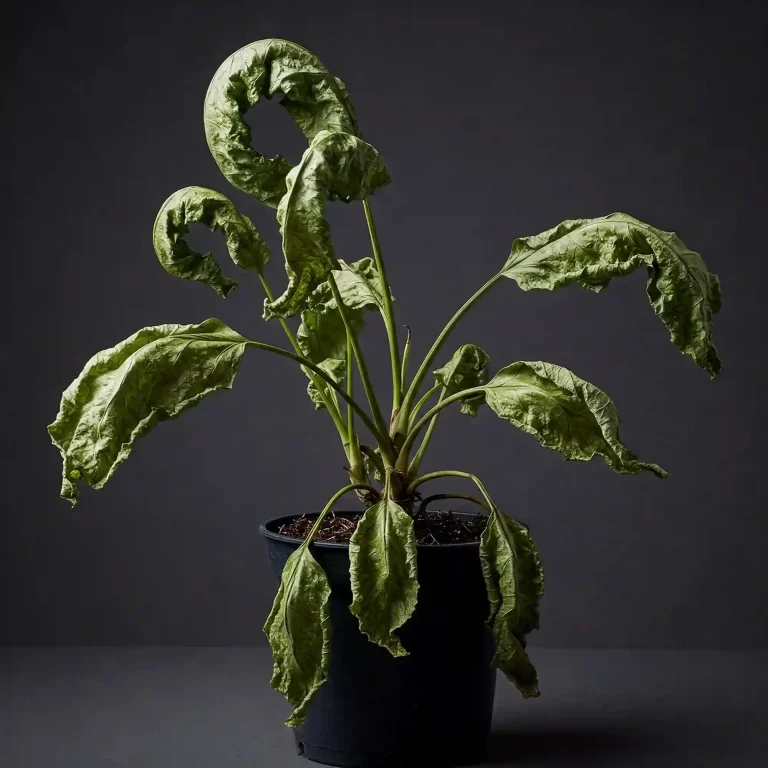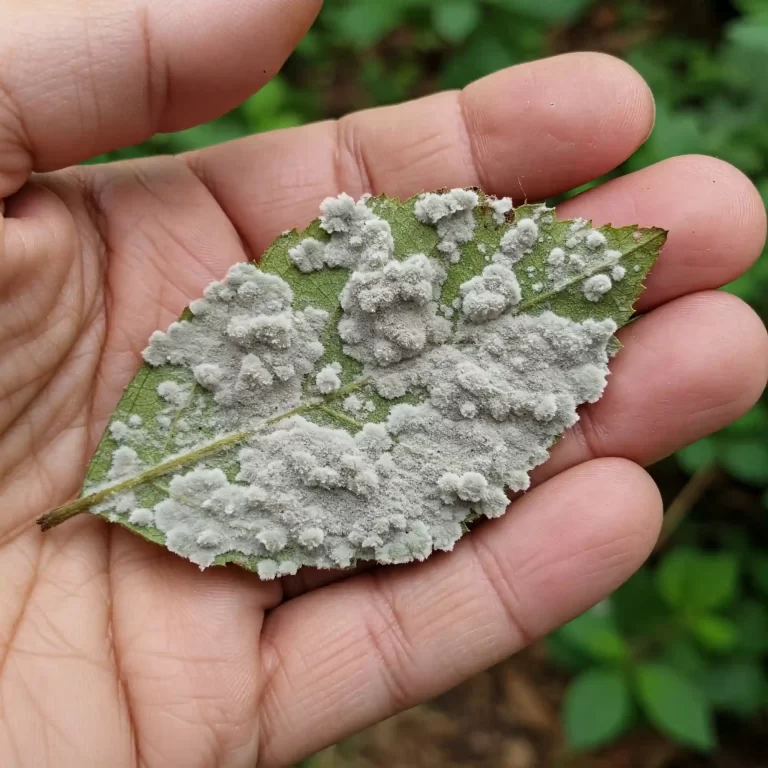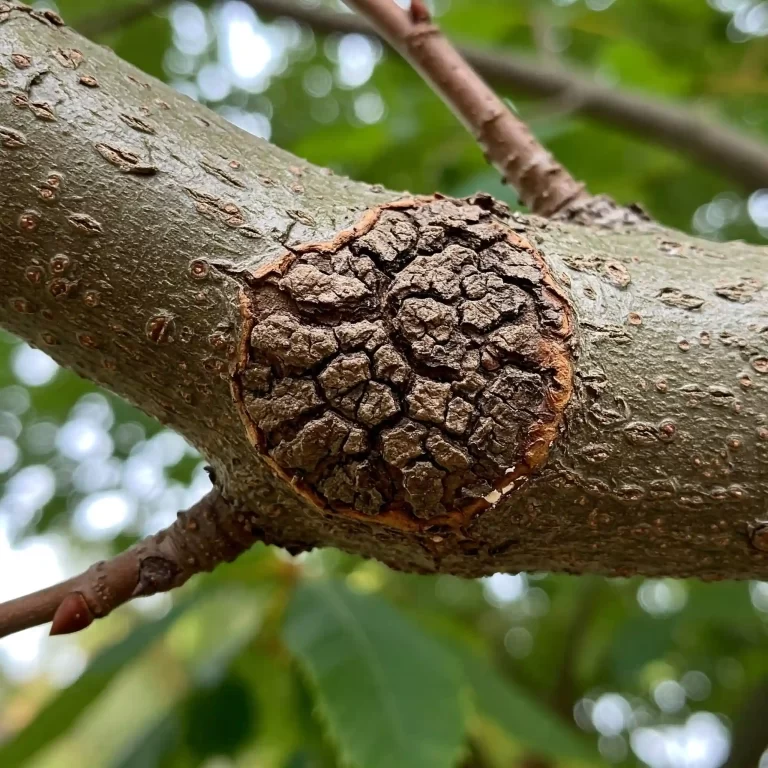| Topic | Summary |
|---|---|
| Light | Bright indirect sunlight, avoid direct sun exposure, west-facing window is ideal |
| Water | Water thoroughly when top two inches of soil are dry, do not overwater or let the plant sit in water, check soil moisture by lifting the pot or inserting your finger |
| Soil | Well-draining potting mix rich in organic matter, add perlite or pumice to improve drainage, avoid garden soil or dense outdoor soils |
| Fertilizer | Fertilize a few times a year, preferably in spring and summer, with a balanced liquid fertilizer diluted to half-strength, do not fertilize in winter |
| Pruning | Prune any lower leaves that become discolored or damaged, trim the stems to maintain the shape and size of the plant, use clean and sharp tools |
| Propagation | Divide the root ball and plant the sections in separate pots, use the same potting mix and care as the mother plant |
Do you want to add some color and charm to your home with a beautiful and easy-to-care-for houseplant? If so, you might want to consider the Lady Valentine plant, a type of Chinese evergreen that has striking red and green variegated leaves that resemble hearts. The Lady Valentine plant, also known as Aglaonema commutatutm ‘Lady Valentine’, is a tropical plant that belongs to the Araceae family. It is native to Southeast Asia, where it grows in the humid and shady forests. It is a popular and attractive houseplant that can brighten up any space with its lush and lovely foliage.
The Lady Valentine plant is not only gorgeous, but also low-maintenance and adaptable. It can tolerate low light, dry air, and occasional neglect. It is also resistant to most pests and diseases, making it a great choice for beginners and busy plant lovers. However, to keep your Lady Valentine plant healthy and happy, you still need to provide some basic care and attention. In this article, we will show you how to grow and love your Lady Valentine plant with the ultimate guide. We will cover the optimal conditions, watering, fertilizing, pruning, and propagating methods for this indoor plant. By following these simple and easy tips, you will be able to enjoy your Lady Valentine plant for years to come.
Optimal Conditions for the Lady Valentine Plant
The first step to growing and loving your Lady Valentine plant is to provide the right environment for it to thrive and flourish. The Lady Valentine plant is a tropical plant that prefers warm, humid, and bright conditions. However, it can also adapt to less than ideal situations, as long as you avoid the extremes. Here are some of the optimal conditions for the Lady Valentine plant:
Light
The Lady Valentine plant likes bright indirect sunlight, as this will bring out the best color and variegation of its leaves. Avoid direct sun exposure, as this can scorch and fade the leaves. A west-facing window is ideal for this plant, as it will receive enough light without getting too hot. You can also use a sheer curtain or a blind to filter the sunlight if needed. If your home is too dark, you can supplement the natural light with artificial light, such as a fluorescent or LED lamp. Place the lamp about a foot away from the plant and keep it on for 12 to 14 hours a day.
Temperature
The Lady Valentine plant likes warm and consistent temperatures, as this will mimic its natural habitat. The ideal temperature range for this plant is between 65°F and 80°F (18°C and 27°C). Avoid temperatures below 50°F (10°C) or above 90°F (32°C), as this can stress and damage the plant. Also, avoid sudden temperature fluctuations, such as drafts, vents, or radiators, as this can shock and harm the plant. You can use a thermometer to monitor the temperature around the plant and adjust it accordingly.
Humidity
The Lady Valentine plant likes high and constant humidity, as this will keep its leaves moist and glossy. The ideal humidity level for this plant is between 60% and 80%. However, most homes have lower humidity levels, especially in winter, when the heating system is on. To increase the humidity around the plant, you can use a humidifier, a pebble tray, or a misting bottle. A humidifier is a device that emits water vapor into the air, creating a humid environment. A pebble tray is a shallow tray filled with water and pebbles, where you place the pot on top of the pebbles, making sure the bottom of the pot does not touch the water. A misting bottle is a spray bottle filled with water, where you mist the leaves of the plant once or twice a day. You can use a hygrometer to measure the humidity around the plant and adjust it accordingly.
Soil
The Lady Valentine plant likes well-draining and rich potting mix, as this will provide the right balance of moisture and nutrients for its roots. The ideal potting mix for this plant is a mixture of peat moss, perlite, and compost, in a ratio of 2:1:1. Peat moss is a type of organic matter that retains moisture and acidity. Perlite is a type of volcanic rock that improves drainage and aeration. Compost is a type of organic matter that adds nutrients and fertility. You can also add some pumice, vermiculite, or bark to the potting mix to improve the drainage and texture. Avoid using garden soil or dense outdoor soils, as they can prevent proper aeration and drainage, leading to root rot and fungal infections.
Watering the Lady Valentine Plant
The second step to growing and loving your Lady Valentine plant is to water it properly and regularly to keep it healthy and hydrated. The Lady Valentine plant likes moist but not soggy soil, as this will prevent its roots from drying out or rotting. However, the watering frequency and amount for this plant will depend on several factors, such as the light, temperature, humidity, and soil conditions, as well as the size and type of the pot. Here are some of the watering tips for the Lady Valentine plant:
- Water your plant thoroughly when the top two inches of soil are dry. You can check the soil moisture by lifting the pot and feeling its weight, or by inserting your finger into the soil. If the pot feels light or the soil feels dry, it is time to water. If the pot feels heavy or the soil feels moist, you can wait for a few more days.
- Do not overwater or let the plant sit in water, as this can cause root rot and fungal infections. Make sure the pot has drainage holes at the bottom and use a saucer or a tray to catch the excess water. Empty the saucer or the tray after each watering and do not let the pot stand in water for too long.
- Use room temperature water, preferably filtered or distilled, to water your plant. Avoid using cold or hot water, as this can shock and harm the plant. Avoid using tap water, as this can contain chlorine, fluoride, or salts, which can build up in the soil and damage the plant.
- Water your plant with a watering can, a hose, or a sink, depending on the size and location of the pot. Use a gentle and even stream of water and make sure to wet the entire surface of the soil. Water until the water drains out of the bottom of the pot and discard the excess water.
- Water your plant less frequently and less deeply in winter, when the plant is dormant and the evaporation rate is lower. Water your plant more frequently and more deeply in summer, when the plant is active and the evaporation rate is higher.
Fertilizing the Lady Valentine Plant
The third step to growing and loving your Lady Valentine plant is to fertilize it occasionally and moderately to boost its growth and color. The Lady Valentine plant is not a heavy feeder and does not require a lot of fertilizer. However, some fertilizer can help the plant produce more and brighter leaves, as well as flowers. Here are some of the fertilizing tips for the Lady Valentine plant:
- Fertilize your plant a few times a year, preferably in spring and summer, when the plant is growing and blooming. Do not fertilize in winter, when the plant is dormant and does not need extra nutrients.
- Use a balanced liquid fertilizer, such as a 10-10-10 or a 20-20-20 formula, diluted to half-strength, to fertilize your plant. Follow the instructions on the label and apply the fertilizer once a month or every six weeks, depending on the strength and frequency of the fertilizer. Do not use a higher concentration or a more frequent application, as this can burn and damage the plant.
- Apply the fertilizer to the soil around the base of the plant, avoiding the leaves and the stems, as this can cause leaf spots and stem rot. Water the plant well before and after fertilizing to prevent salt buildup and nutrient shock. Do not fertilize a dry or a newly repotted plant, as this can stress and harm the plant.
Pruning the Lady Valentine Plant
The fourth step to growing and loving your Lady Valentine plant is to prune it occasionally and carefully to maintain its shape and size. The Lady Valentine plant is a slow-growing plant and does not need a lot of pruning. However, some pruning can help the plant look neat and tidy, as well as encourage new and bushy growth. Here are some of the pruning tips for the Lady Valentine plant:
- Prune your plant any time of the year, but preferably in spring or summer, when the plant is growing and healing faster. Do not prune in winter, when the plant is dormant and healing slower.
- Use clean and sharp tools, such as scissors, pruners, or knives, to prune your plant. Sterilize the tools before and after each use with rubbing alcohol or bleach to prevent the spread of diseases and pests.
- Prune any lower leaves that become discolored, damaged, or diseased, as this will improve the appearance and health of the plant. Cut off the leaves at the base of the stem, leaving a small stub that will dry out and fall off on its own. Do not pull or tear the leaves, as this can damage the stem and cause infections.
- Trim the stems to maintain the shape and size of the plant, as well as to remove any leggy or spindly growth. Cut off the stems at an angle, just above a leaf node, where a new leaf or branch will emerge. You can also cut off the top of the stem to encourage bushier growth from the lower nodes.
- Dispose of the pruned leaves and stems in a compost bin or a trash bag, and do not leave them on the soil or near the plant, as this can attract pests and diseases.
Propagating the Lady Valentine Plant
The fifth and final step to growing and loving your Lady Valentine plant is to propagate it occasionally and easily to multiply and share its beauty. The Lady Valentine plant is a simple and rewarding plant to propagate, as it can produce new plants from its roots, stems, or leaves. However, the most common and successful method of propagation for this plant is by division, where you separate the root ball and plant the sections in separate pots. Here are some of the propagating tips for the Lady Valentine plant:
- Propagate your plant any time of the year, but preferably in spring or summer, when the plant is growing and rooting faster. Do not propagate in winter, when the plant is dormant and rooting slower.
- Use the same potting mix and care as the mother plant to propagate your plant. Prepare the new pots with drainage holes and fill them with the same potting mix as the mother plant. Water the new pots well and let them drain completely.
- Remove the mother plant from its pot and gently shake off the excess soil from the roots. Use your fingers or a knife to divide the root ball into two or more sections, depending on the size and number of the roots. Make sure each section has at least one stem and several roots attached.
- Plant the sections in the new pots and press the soil firmly around the roots. Leave some space between the soil and the rim of the pot to allow for watering. Water the sections well and let them drain completely.
- Place the new pots in a bright and warm spot with indirect sunlight and high humidity. You can cover the pots with plastic bags or domes to create a mini greenhouse effect and increase the humidity. Mist the leaves daily and water the soil when it feels dry. Remove the cover once the new plants start to grow and show signs of rooting. This can take anywhere from a few weeks to a few months, depending on the conditions and the season.
- Enjoy your new Lady Valentine plants and share them with your friends and family. You can also keep some of them for yourself and create a stunning display of colorful and variegated foliage in your home.
Conclusion
The Lady Valentine plant is a beautiful and easy-to-care-for houseplant that can brighten up any space with its striking red and green variegated leaves. It is a low-maintenance and adaptable plant that can tolerate low light, dry air, and occasional neglect. However, to keep your Lady Valentine plant healthy and happy, you still need to provide some basic care and attention. By following the ultimate guide in this article, you will be able to grow and love your Lady Valentine plant for years to come. You will also be able to propagate your Lady Valentine plant and share its beauty with others. The Lady Valentine plant is a true royalty among the houseplants and deserves your love and admiration. So, what are you waiting for? Go ahead and spoil your Lady Valentine plant with some TLC and watch it reward you with its lush and lovely foliage. You will not regret it!



